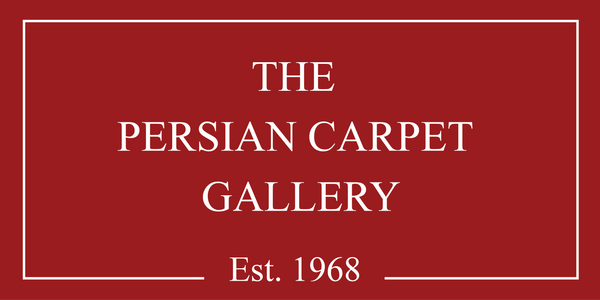The World's Biggest Rug
The Sheikh Zayed Al Nahyan Mosque in Abu Dhabi proudly boasts the world's largest rug, a testament to the opulence cherished by neighboring Emirati cities like Dubai and Abu Dhabi. This massive Persian carpet, a marvel of craftsmanship, adorns the main prayer room of the mosque, symbolizing both luxury and cultural heritage.

The construction of the mosque itself was a grand endeavor, taking over a decade, 38 contracting companies, and 3,000 workers to complete. Among the contributions from various countries was Iran's hand-woven carpet, a magnificent piece created by 1,200 weavers using 38 tons of wool and cotton. Crafted under the guidance of renowned artist Ali Khaliqi, this rug, unveiled in 2007, spans 60,546 square feet and boasts 2.2 billion hand-tied knots.

The predominant green color of the rug holds significant meaning, representing Sheikh Zayed's preference, the Islamic flag, and desert life. Its intentionally raised lines aid worshippers in forming orderly rows during prayer times, showcasing meticulous design and functionality.
In Muscat, Oman, another significant rug adorns the Amin Mosque, commissioned as the third largest Persian rug in the world. Crafted by 400 skilled weavers over a year and a half, this masterpiece echoes the traditional Ardabil carpet's intricate design, dating back to the 1530s. Its unveiling symbolizes Iran's rich weaving tradition, a source of national pride and economic sustenance.
Iran's carpet industry, deeply rooted in its cultural heritage, remains a vital aspect of its economy, reflecting centuries of skill and artistry. With over 1.2 billion weavers and millions of square meters sold annually, Iranian carpets continue to captivate both domestic and international markets, ensuring the enduring legacy of this cherished craft.


